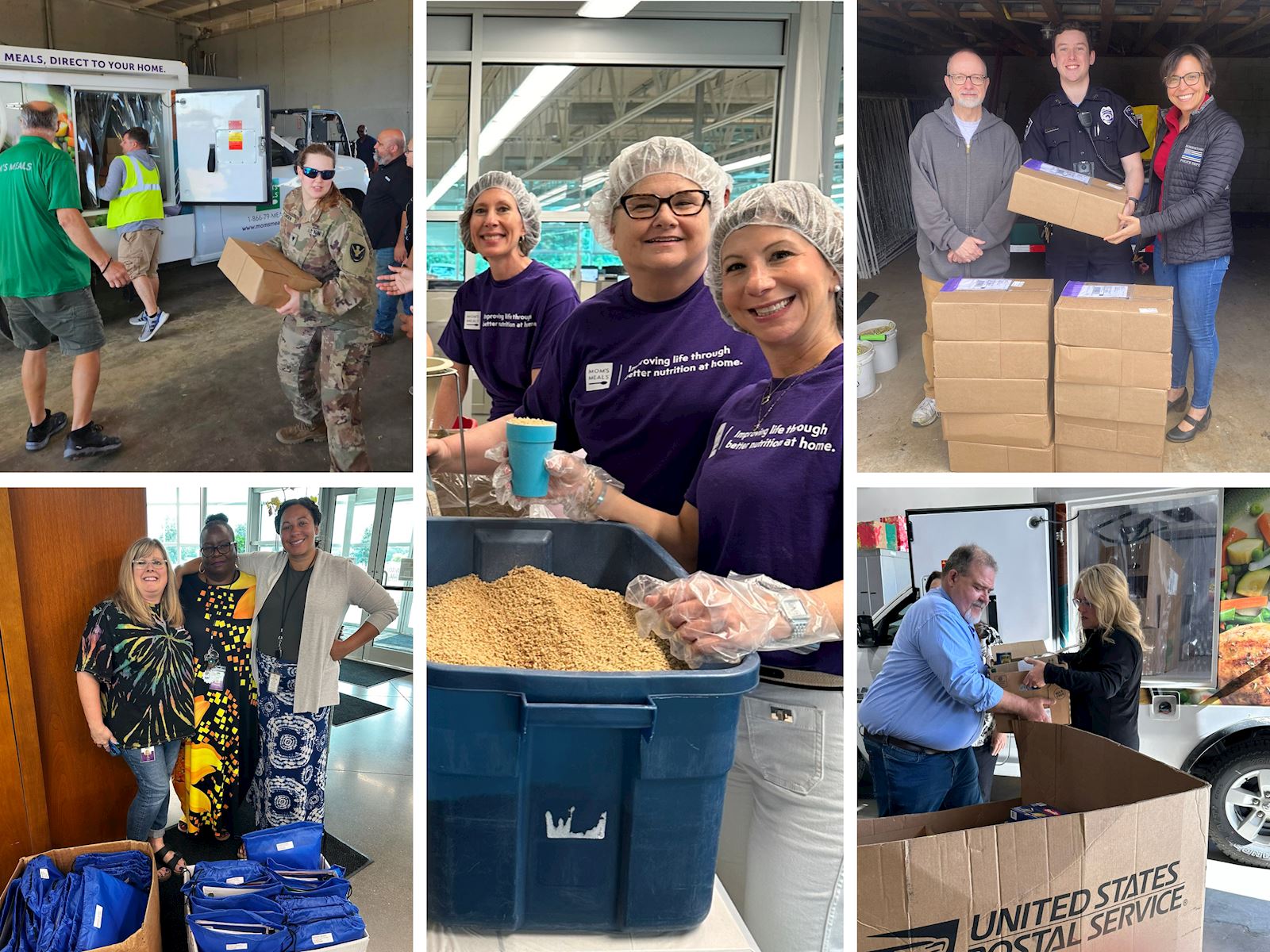Pay the rent or an insurance premium? Fill a prescription or purchase groceries? Follow a medically necessary diet or pay the light bill?
Those aren’t theoretical questions for the more than 44 million Americans who are food insecure. They’re the daily decisions people without enough money for food and other necessities face as they try to make ends meet and put affordable, nutritious food on the table month after month.
What’s driving this situation?
Many factors — called social drivers of health — combine to create food and nutrition insecurity, including economic stability, access to transportation and health care and the overall environment where people live. Affording and accessing nutritious food is a major concern for families who live in neighborhoods that are either “food deserts,” lacking traditional grocery stores, or “food swamps,” with overwhelming amounts of fast-food restaurants and convenience stores that don’t stock healthy food choices. More than 23 million people are estimated to live in food deserts in the U.S.
Food insecurity is a problem around the country, but the financial burden of food insecurity is particularly acute in rural areas and in the South and Midwest. In 2022, studies show that more than 14% of rural households experienced food insecurity compared to more than 12% of metro area households. According to the 2024 Feeding America study, the national average cost per meal was $3.99 in 2022. But food price variation across the country indicates that, depending on where someone lives, that meal cost can range from 73% of the national average in rural Llano County Texas to 167% of the national average in rural Leelanau County, Michigan — the highest cost in the country.
Unhealthy coping strategies
When food budgets get tight, families and individuals may resort to various coping strategies to stretch their resources including:
- Skipping bills or not paying rent in order to purchase groceries or vice versa
- Avoiding needed medical care
- Forgoing medically necessary diets
- Stretching medication use by not filling prescriptions, skipping doses or taking smaller amounts of medication than prescribed
Negative health outcomes
One of the most common coping strategies for low-income households and individuals — purchasing less expensive food to stretch the grocery budget — can have long-term, negative and costly health consequences. Studies show that compared to higher income households, people living on lower incomes tend to have a poor-quality diet, consume more sugary drinks, and eat fewer fruits and vegetables.
That poor diet leads to complications that contribute to the ongoing cycle of nutrition insecurity. A diet high in sodium, sugar and saturated fat, increases a person’s risk of harmful health conditions and chronic disease. According to the Centers for Disease Control and Prevention (CDC), chronic diseases are the leading cause of illness, disability and death in the United States.
The effects of a poor diet start early. Childhood hunger impacts health, well-being and long-term development. Children who don’t get enough healthy food full of the vitamins and minerals they need for proper development, face higher risk of developing dangerous health conditions including asthma and anemia. Here’s the challenge: the healthy foods kids need, like fresh meat, vegetables and fruits, are often too costly for low-income families to purchase regularly.
Mom's Meals® can help
Helping individuals and families facing food and nutrition insecurity is a national problem that can be addressed with support from government agencies, as well as programs from health care organizations and private companies.
The relationship Mom’s Meals has with community-based and government programs, and health plans is an effective model for helping reduce nutrition insecurity. Home-delivered meals provide support to those members recovering from a hospital stay or managing a chronic condition. And for older adults and those with disabilities wishing to age at home, home-delivered meals provide the nutrition they need to help preserve their independence. Find out more.



